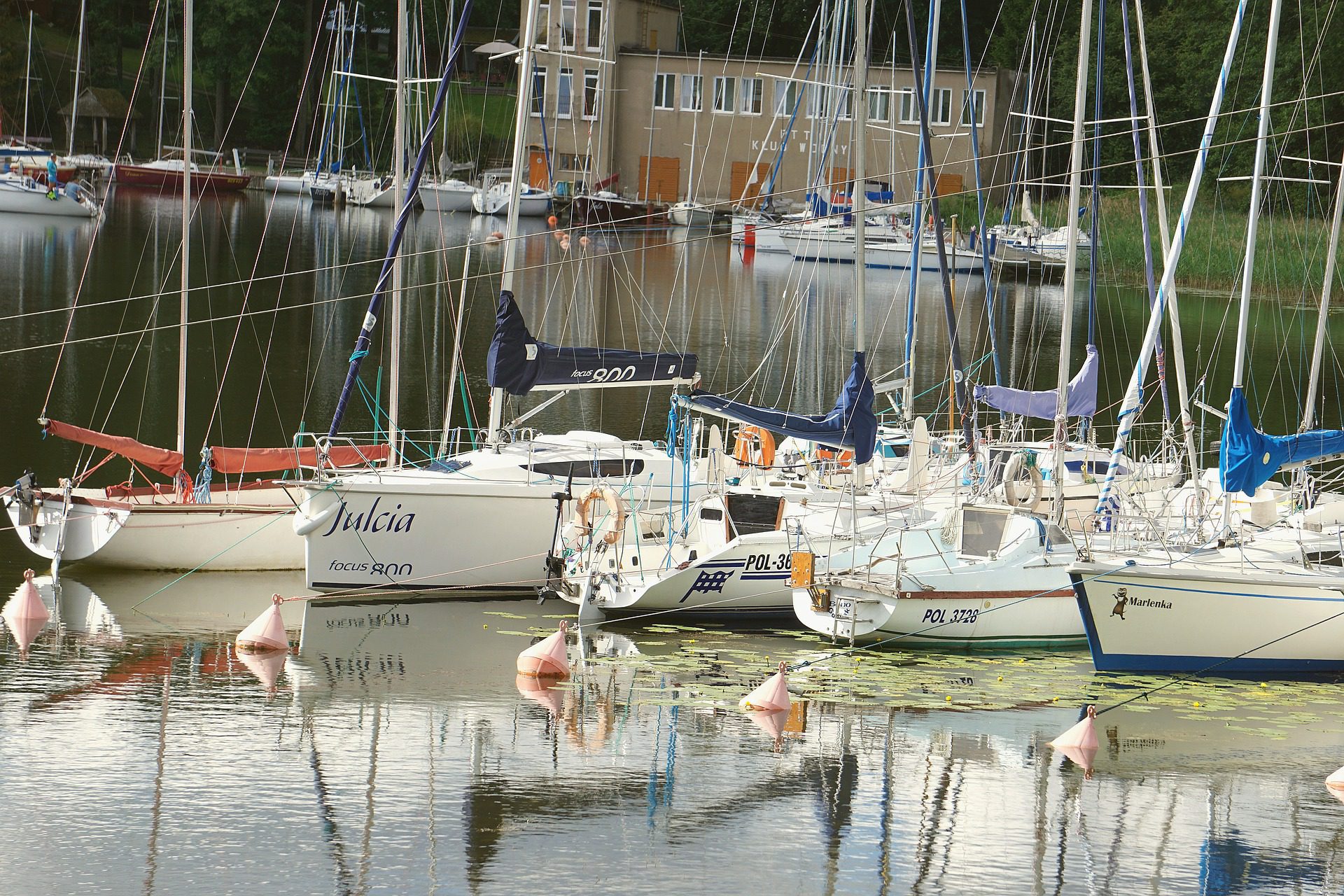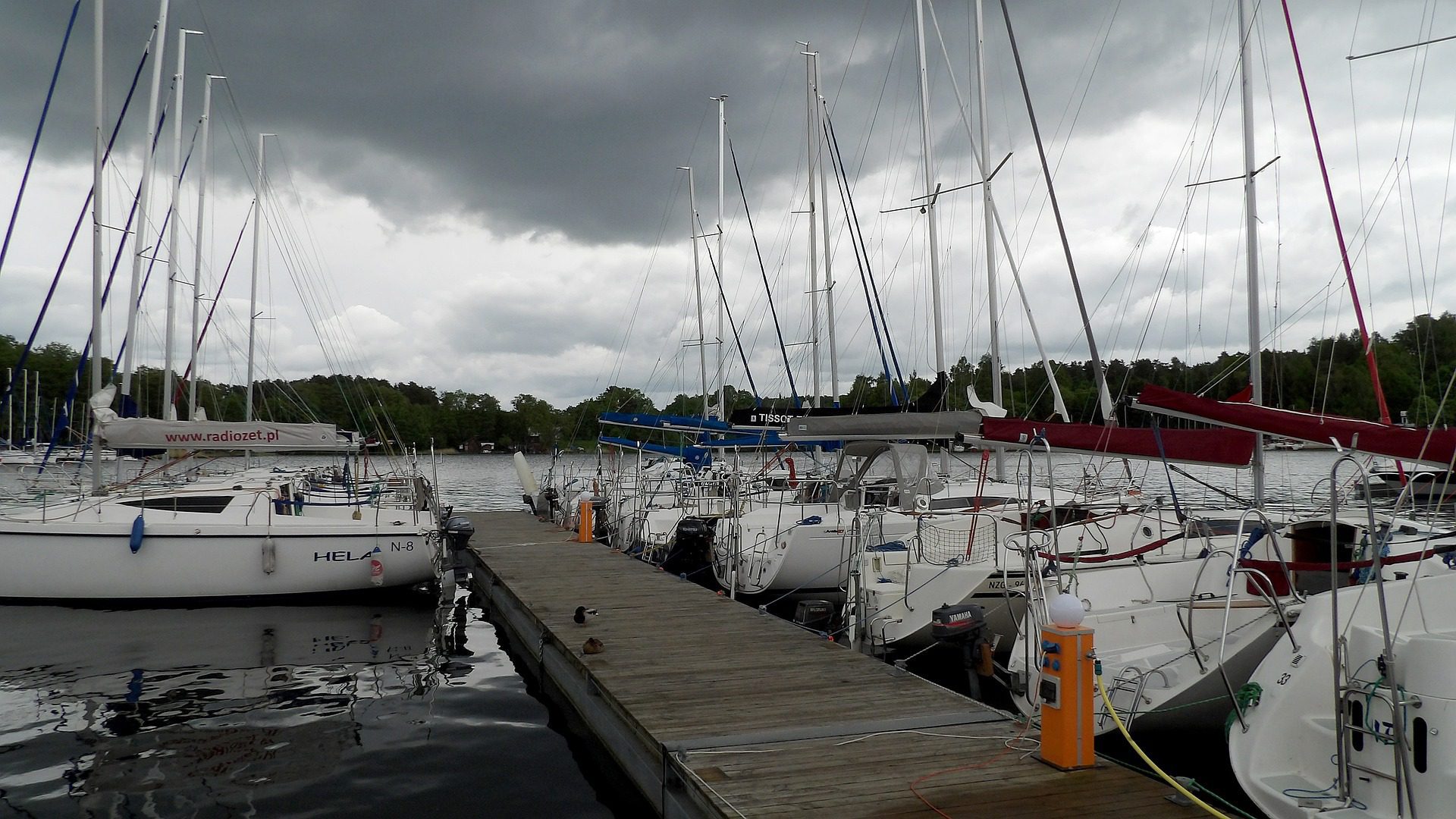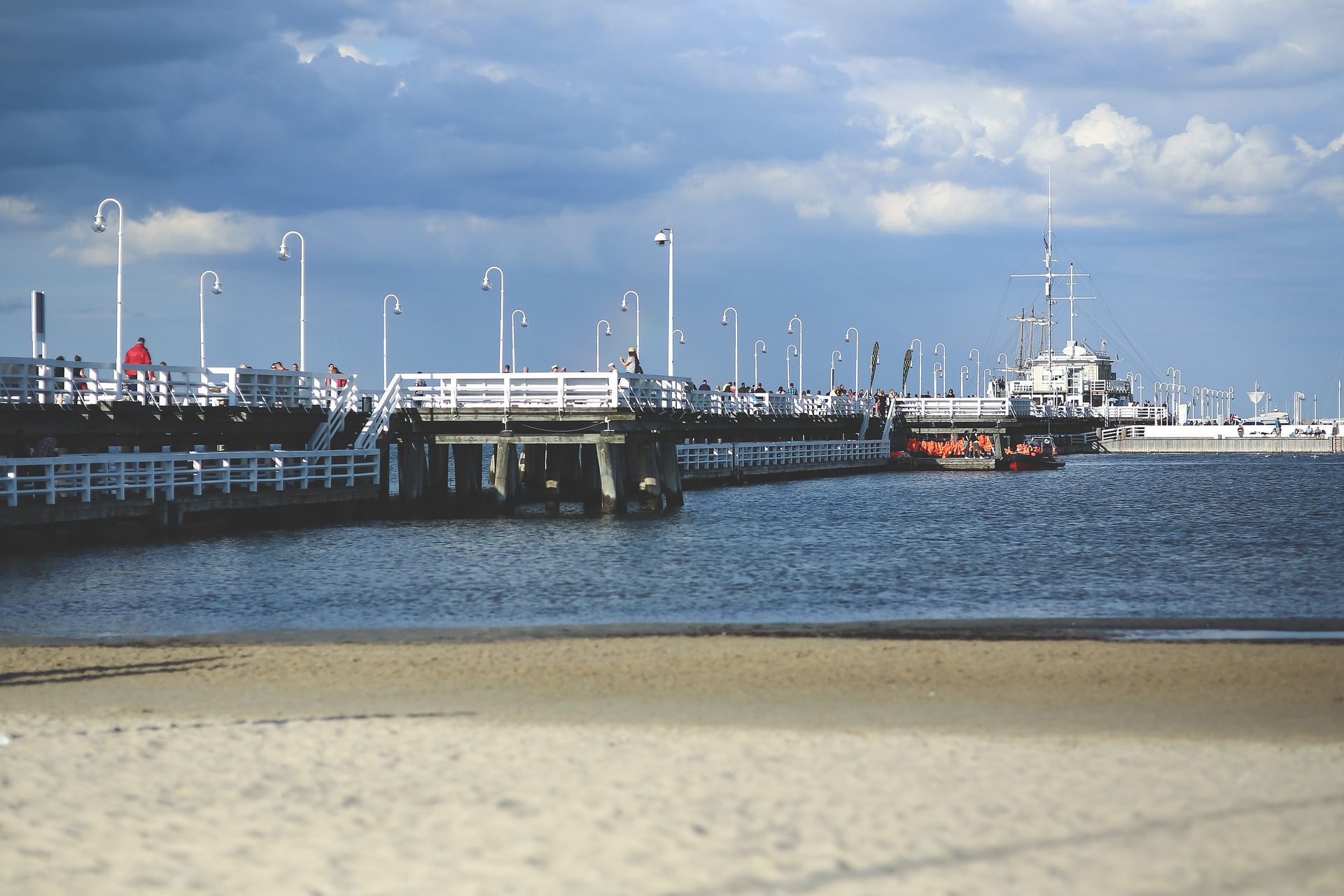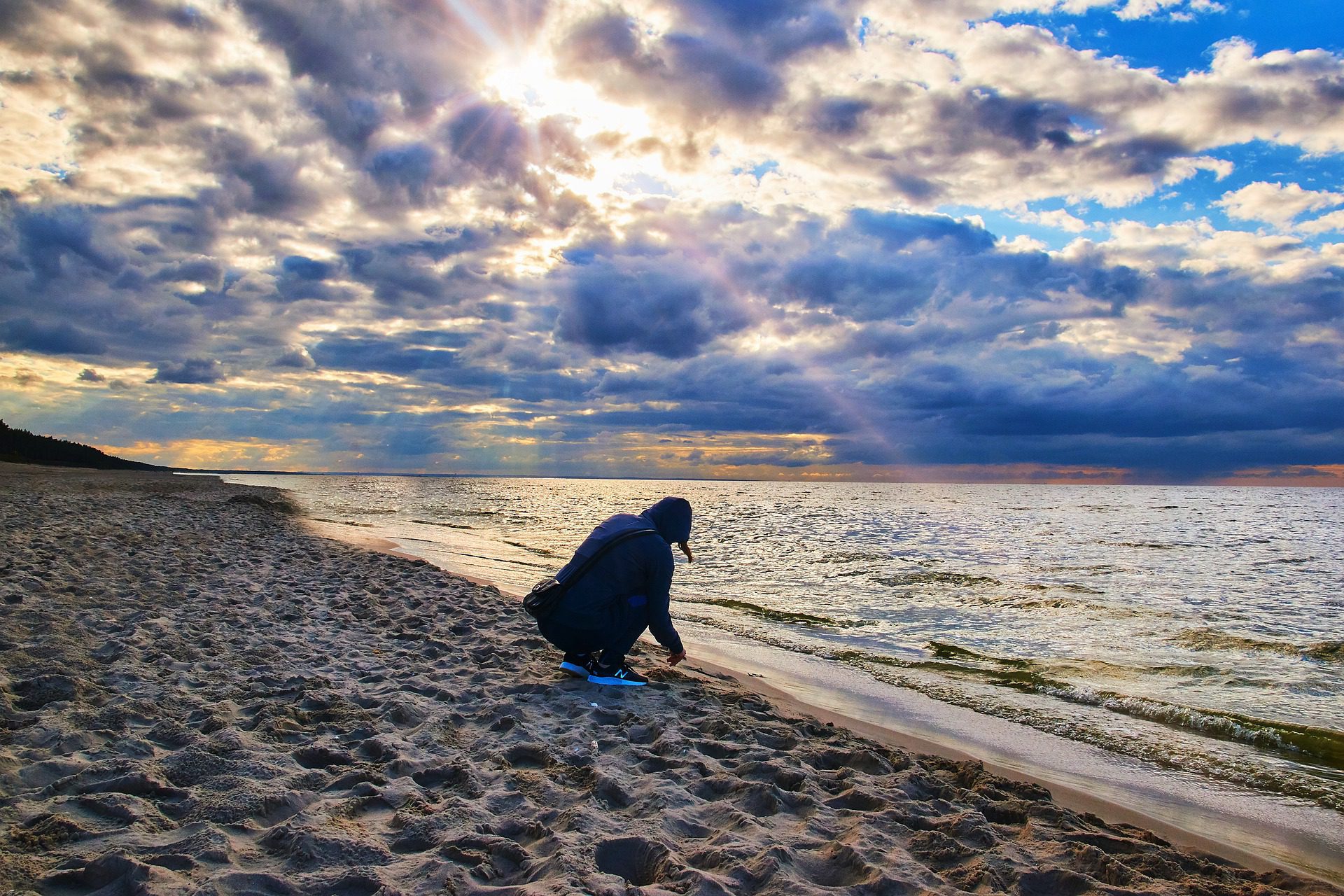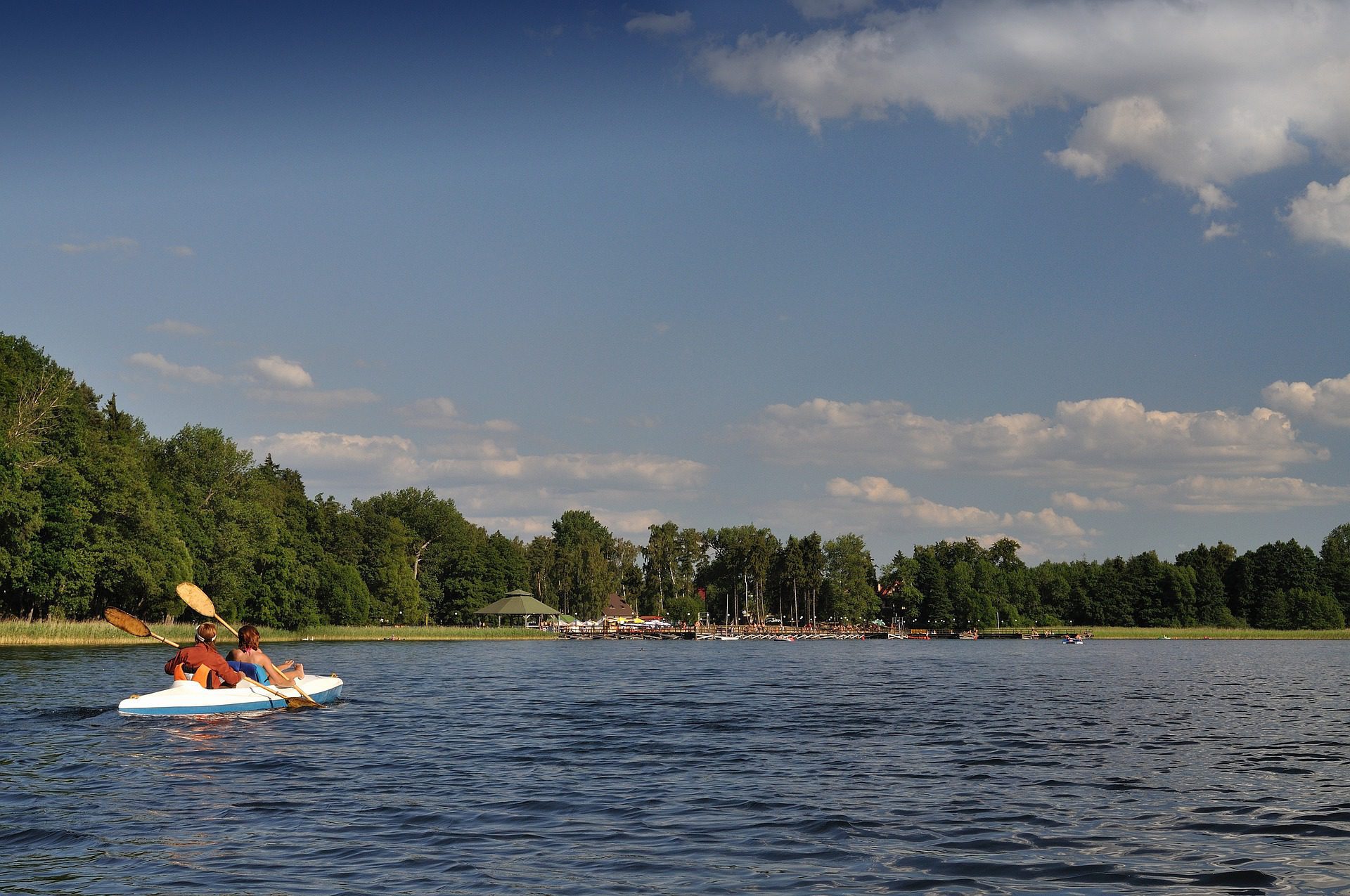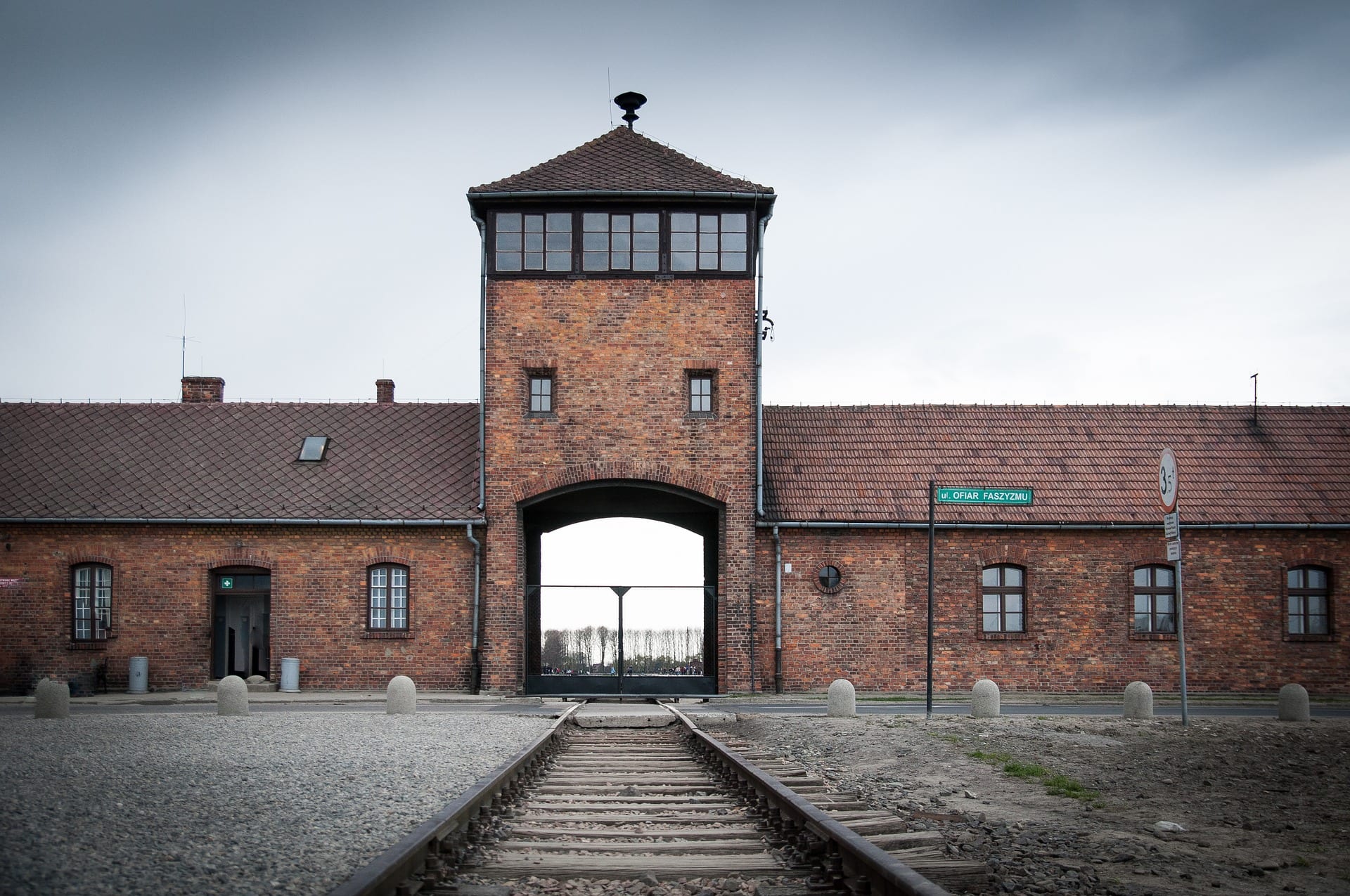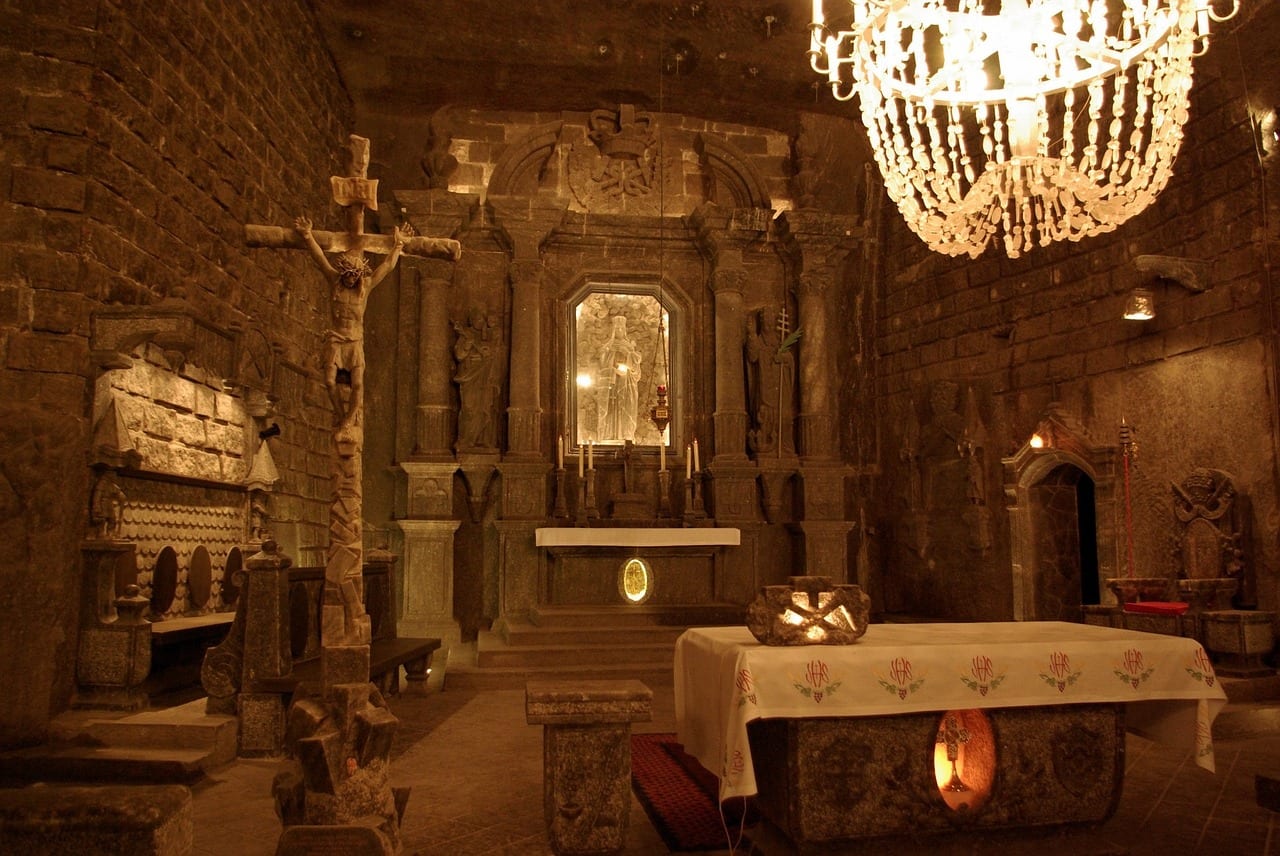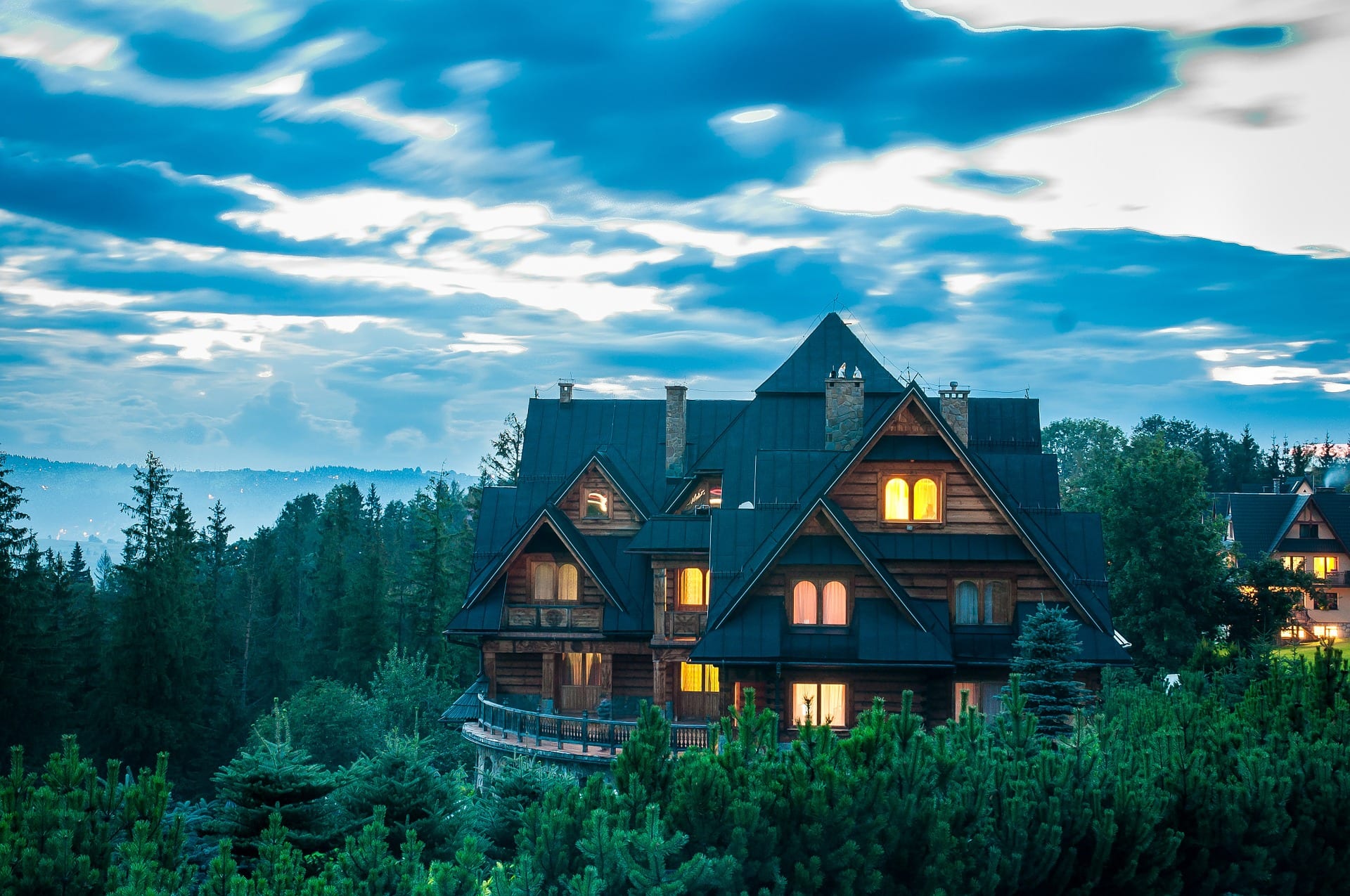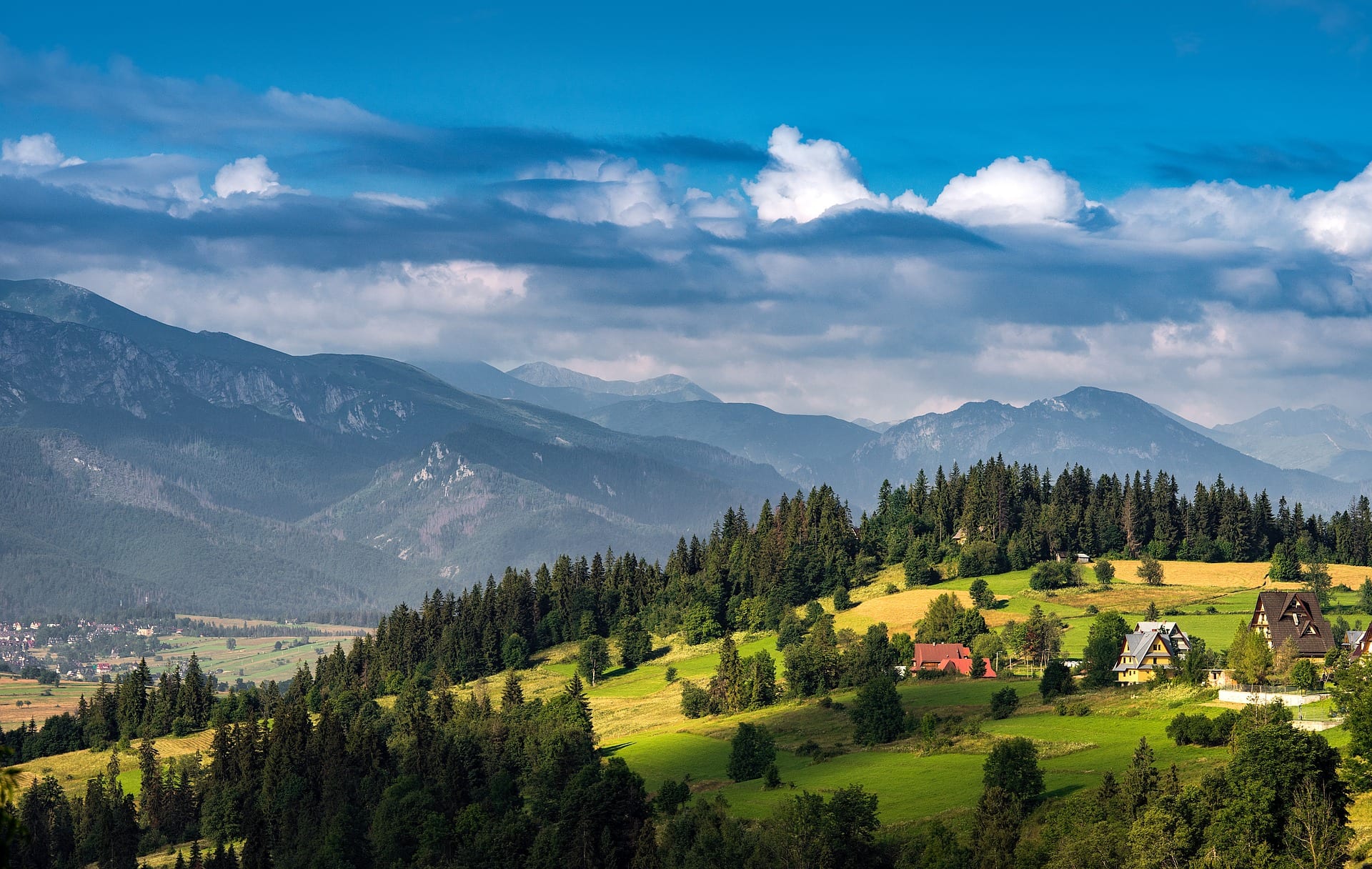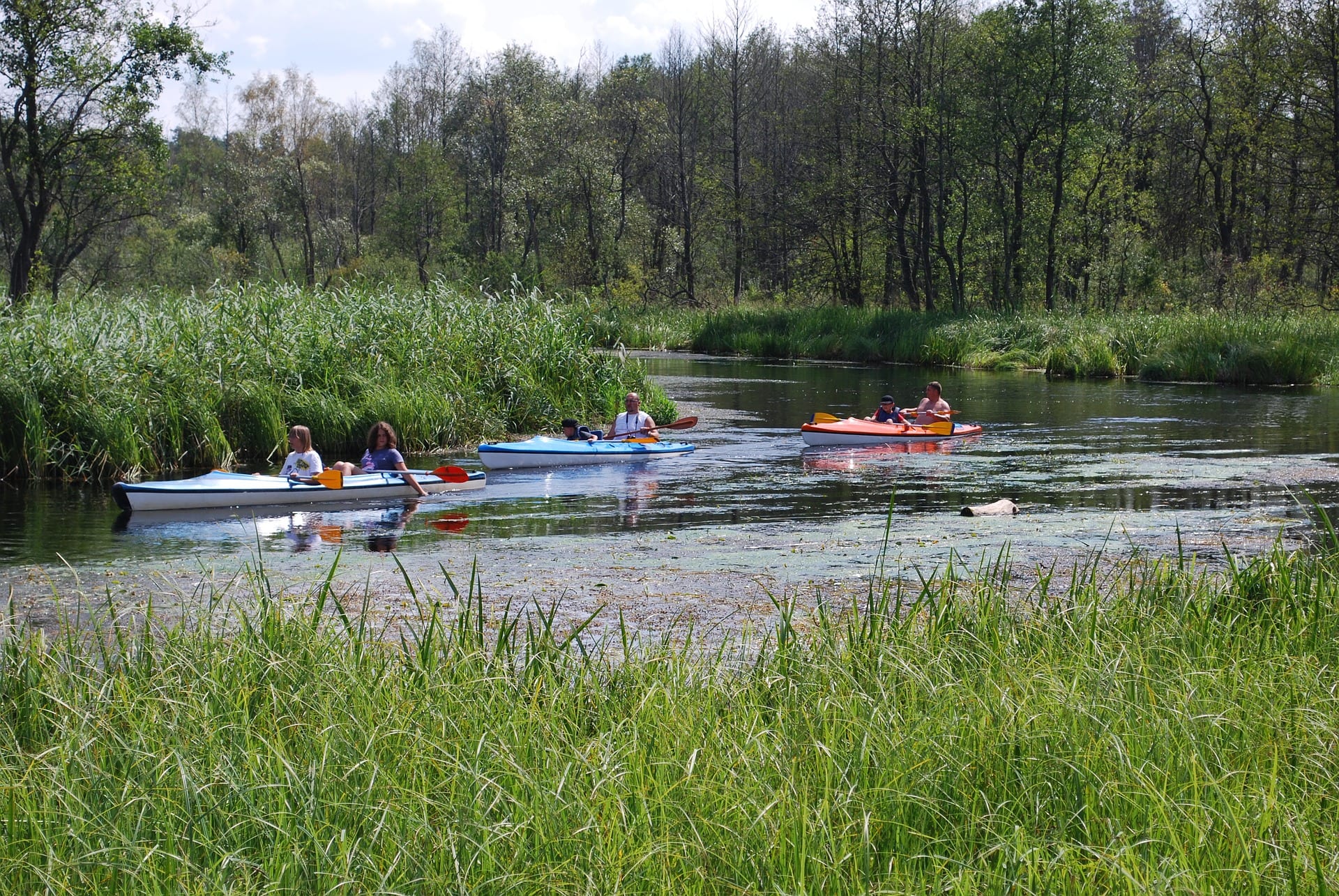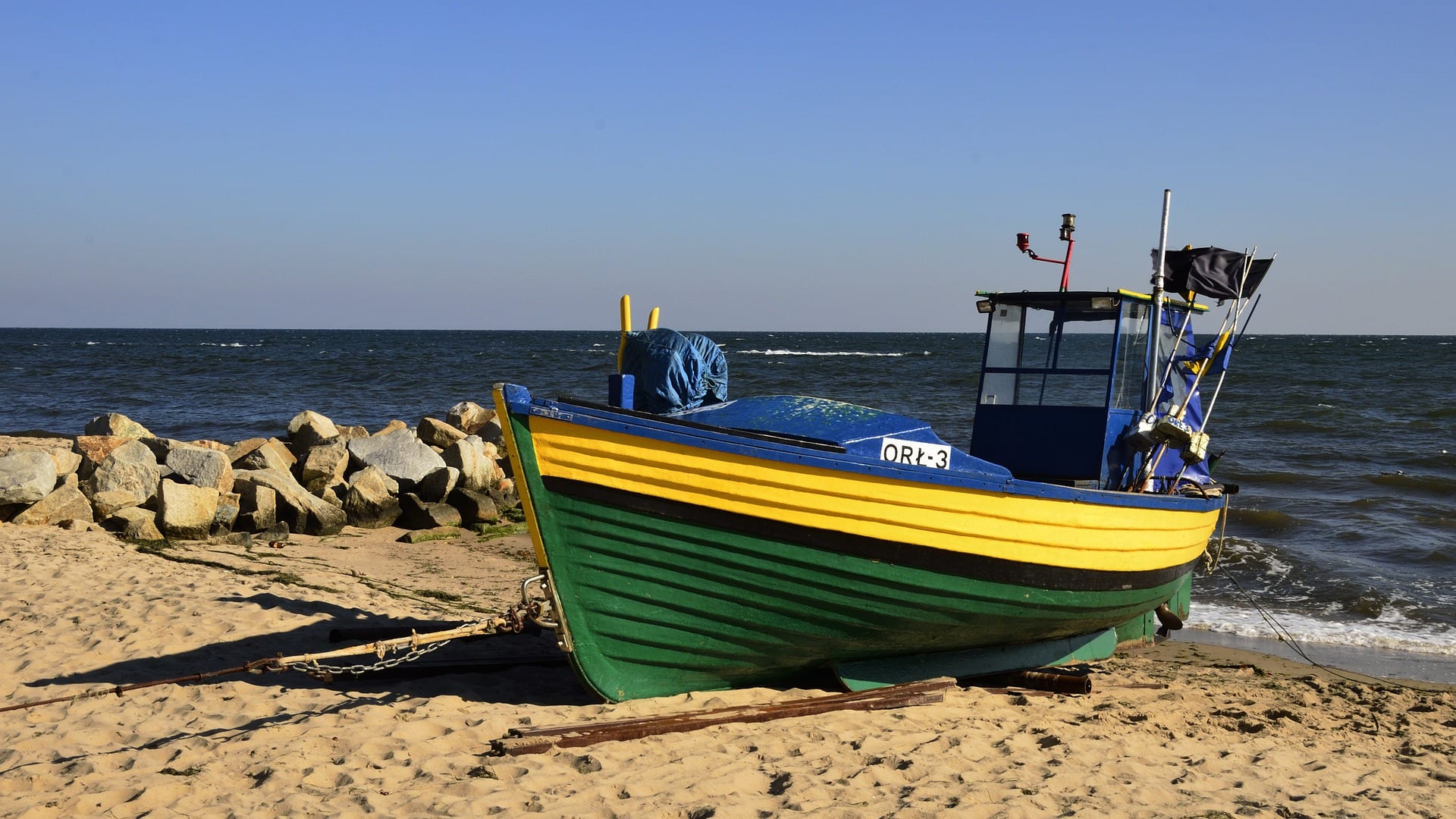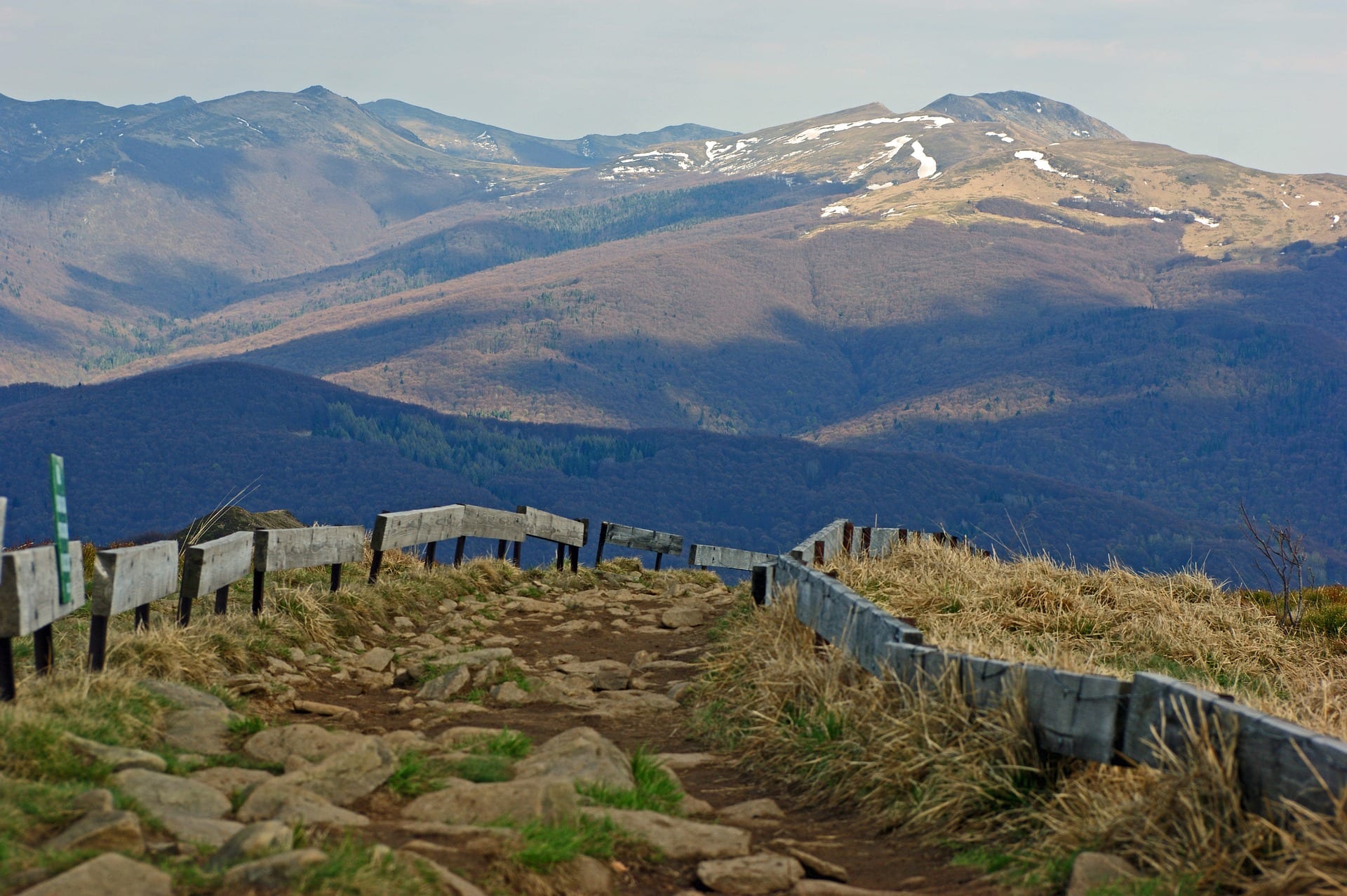Tri-City Poland
Gdańsk, Gdynia and Sopot
Tri-City, located on the Baltic Sea coast in northern Poland, is a vibrant metropolitan area that consists of three cities: Gdańsk, Sopot, and Gdynia. Each city has its own unique character, but together they form a dynamic region that offers visitors a range of cultural, historical, and recreational activities.
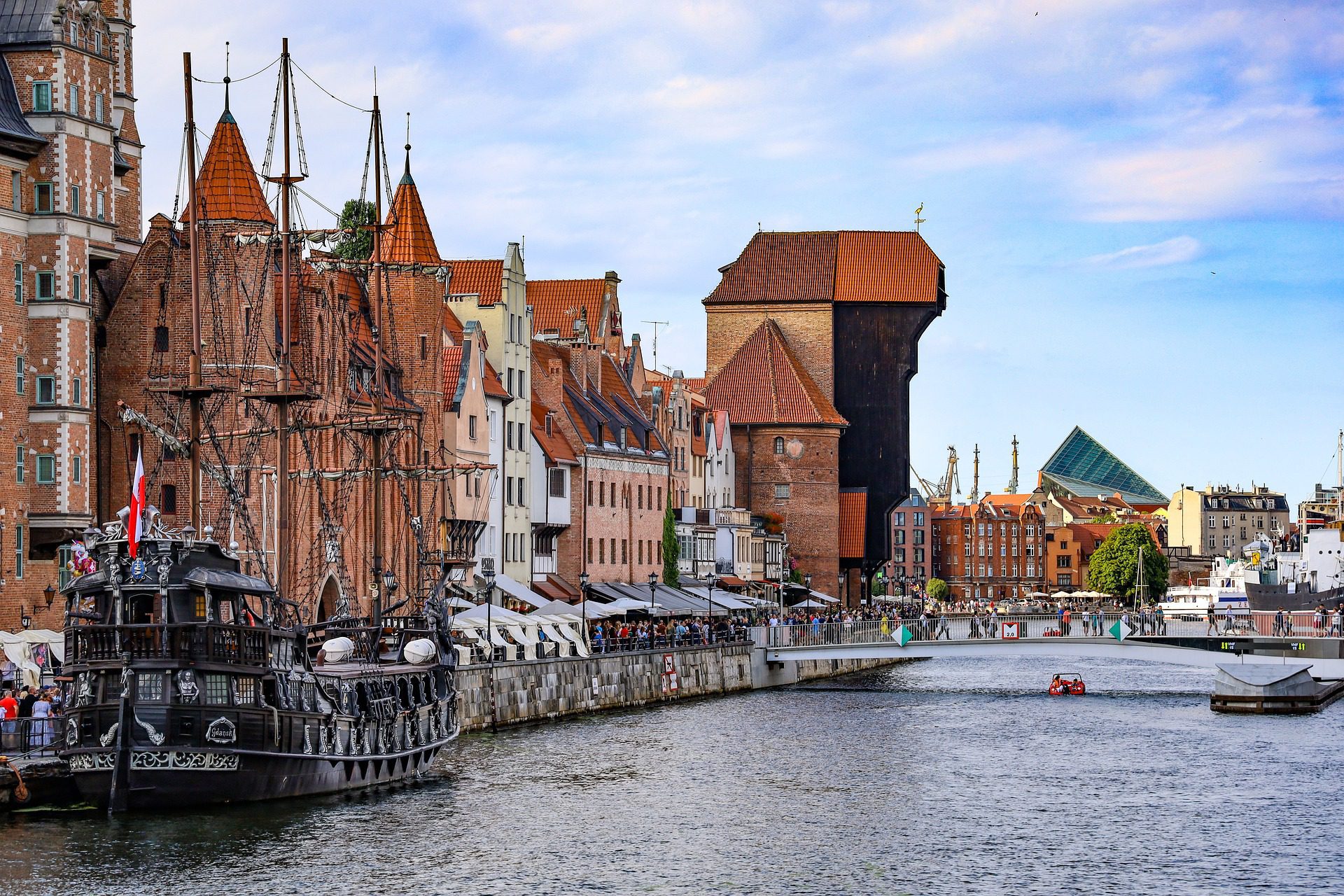
The area is home to some of Poland’s wealthiest people. Nearly 35% of taxpayers from Tri-City are in the middle and high taxable income groups (average for Poland 10%). Approximately 12% of Tri-City taxpayers are in highest taxable income group (Polish average 3%).
Gdańsk
Gdańsk is the largest and most historic city in the Tri-City area. Known for its rich maritime history and its connection to the Solidarity movement, Gdańsk is a city that is steeped in culture and tradition. Visitors to Gdańsk can explore the medieval Old Town, which is home to historic sites like the Golden Gate, St. Mary’s Church, and the Neptune Fountain. Gdańsk is also known for its shipyards, which played a key role in the Solidarity movement and the fall of communism in Poland. The European Solidarity Centre, located in the shipyards, is a museum that tells the story of the movement and its impact on Polish history.
Gdańsk is Poland’s principal seaport as well as the capital of the Pomeranian Voivodeship. It is also historically the largest city of the Kashubian region.
The city is close to the former boundary between West Slavic and Germanic lands, and it has a complex political history with periods of Polish rule, periods of German rule, and two spells as a free city. It has been part of modern Poland since 1945.
Walking in the city and getting to know its history etched in the monuments will give you many magical moments and true emotions. Gdansk is a pearl of bourgeois architecture, boasting beautiful houses and a unique market. It is a world of cosy streets and historical churches. These are also perfectly preserved fortifications, ranked among the biggest in Europe, and interesting harbour architecture.
10 Interesting Facts about Tri-City
- Gdańsk is known and has been known as Danzig, Gdania, Gyddanyzc, Kdanzk, Gdanzc, Danceke, Danzc, Danczk, Danczik, Danczig and Gdąnsk amongst others!
- Gdańsk was the birthplace of the Solidarity movement which, under the leadership of political activist Lech Wałęsa, played a major role in bringing an end to Communist rule across Central Europe.
- Gdańsk has been around a long time. It was founded in 997.
- Sopot Pier is the longest in the Baltic at 640 metres.
- The area around Gdansk is famous for Amber which is also known by many other names such as: jantar, good stone, sacred stone, gold of the north, Baltic gold, and electron. Amber is also a mineral of many colours. Depending on the age amber nuggets range from nearly white, through all shades of yellow and orange, to dark, almost cherry-like red.
- Gdansk is the sixth-largest city in Poland.
- The Gdańsk Crane (a popular tourist attraction) was the largest port crane in Medieval Europe.
- Gdańsk is situated at the mouth of the Motława River, connected to the Leniwka, a branch in the delta of the nearby Vistula River, whose waterway system supplies 60% of the area of Poland and connects Gdańsk to the national capital in Warsaw.
- The name Gdańsk is thought to originate from the Gdania River, the original name of the Motława branch on which the city is situated.
- For much of its history, the majority of the inhabitants of Gdańsk were German-speakers, who called it Danzig. This name was also used in English until the end of World War II and is still used in historical contexts. Other former English spellings of the name include Dantzig, Dantsic and Dantzic.
Sopot
Sopot, the smallest of the three cities, is a charming seaside resort that has been a popular vacation spot since the 19th century. Sopot is famous for its long sandy beach, its elegant spa architecture, and its vibrant nightlife. Visitors to Sopot can stroll along the historic pier, which is one of the longest wooden piers in Europe, and enjoy the views of the Baltic Sea. Sopot is also home to the Forest Opera, an open-air amphitheatre that hosts a range of cultural events during the summer months.
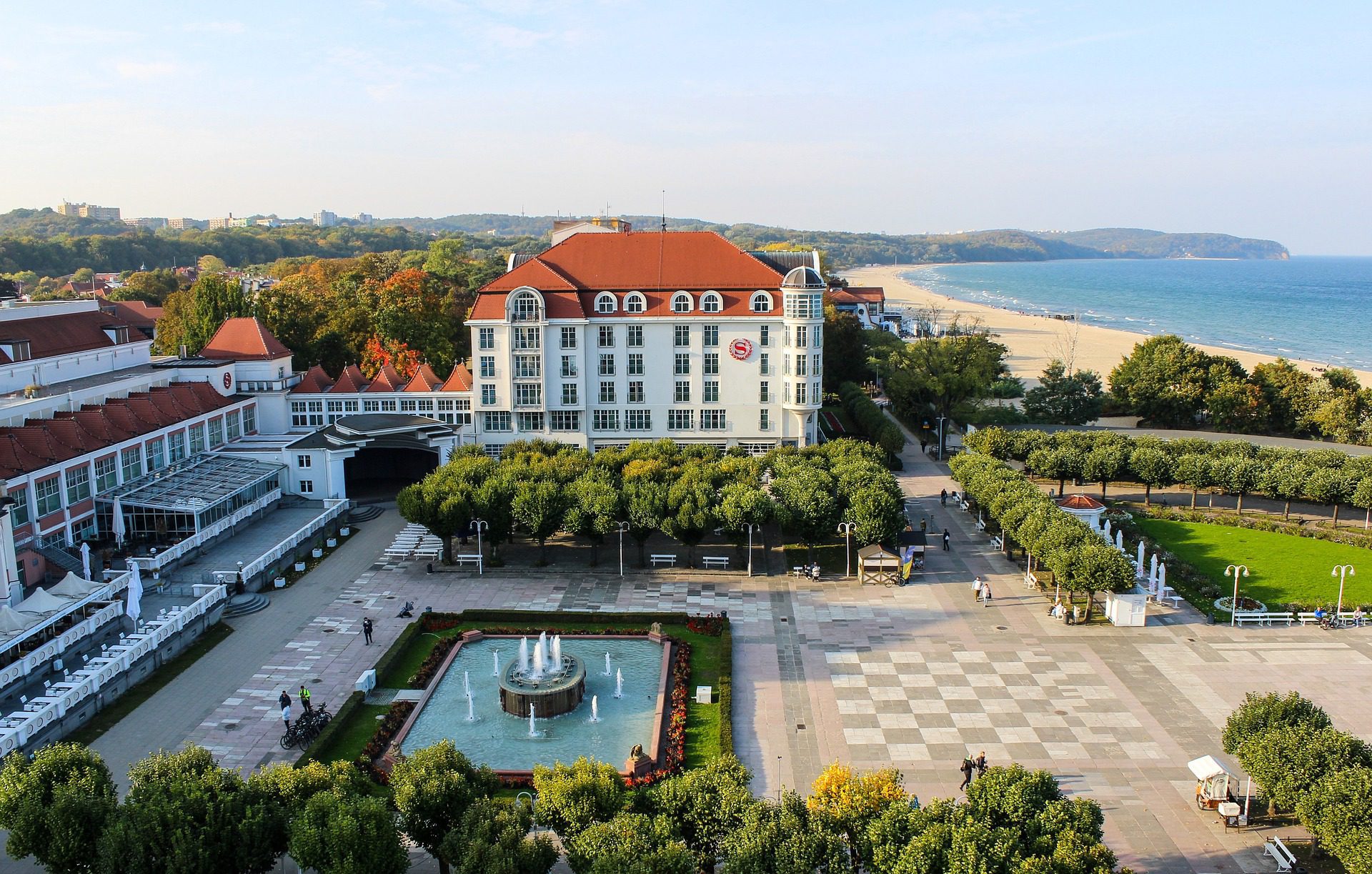
Sopot has a great geographical location – lying between the beautiful woods of the Tri-City Landscape Park, and the numerous sand beaches of the Bay of Gdańsk. Sopot is known for the endless quantities of tourists, who mainly visit the city during the summertime.
Monte Casino Street (ul. Bohaterów Monte Cassino) is the centre of Sopot, a pedestrianised promenade. To discover the real charm of the town, turn into one of Monte Casino’s side streets, where you’re bound to admire numerous art nouveau houses, parks and gardens. One such beautiful street shelters the splendid Sierakowskich Court (Dworek Sierakowskich).
At the end of Monte Casino you’ll find the Wooden Pier (Molo). It is the longest wooden pier in Europe. During the summertime, for a small fee you can enter the pier, and admire the coastline. You’ll enjoy the sight of the Grand Hotel (one of the largest and most impressive in the Tri-City) on one side, and the Zhong Hua Chinese Hotel on the other, where the Łazienki Południowe (Southern Baths) used to be.
In summer, there are jazz concerts on the hotel’s terrace every Thursday. Another destination for a long walk is the Castle Hill Caves, Sopot’s oldest historic site and the only monument of this kind located in the centre of a contemporary European city.
Each August Sopot plays host to the annual International Sopot Song Festival. The Opera Lesna in the heart of the Tri-City Forest is where you can watch and listen to the best artists arriving in Sopot and still feel the special atmosphere of this magic place.
Today Sopot bustles with cafes, bars, restaurants and clubs. Nightlife and countless summer events are what makes this city so popular. So let yourself be mesmerized by this remarkable resort where you will surely find something for yourself.
Gdynia
Gdynia, the youngest of the three cities, is a bustling port town that is known for its modern architecture and its role as a gateway to the Baltic Sea. Gdynia is home to the Polish Naval Museum, which showcases the history of the Polish navy and its role in World War II. Visitors to Gdynia can also explore the city’s many parks and beaches, which offer a range of recreational activities like cycling, hiking, and water sports.
Gdynia is a young, but quickly expanding port situated right by the seashore, offering many tourist attractions as well as splendid shopping opportunities and a lot of entertainment.
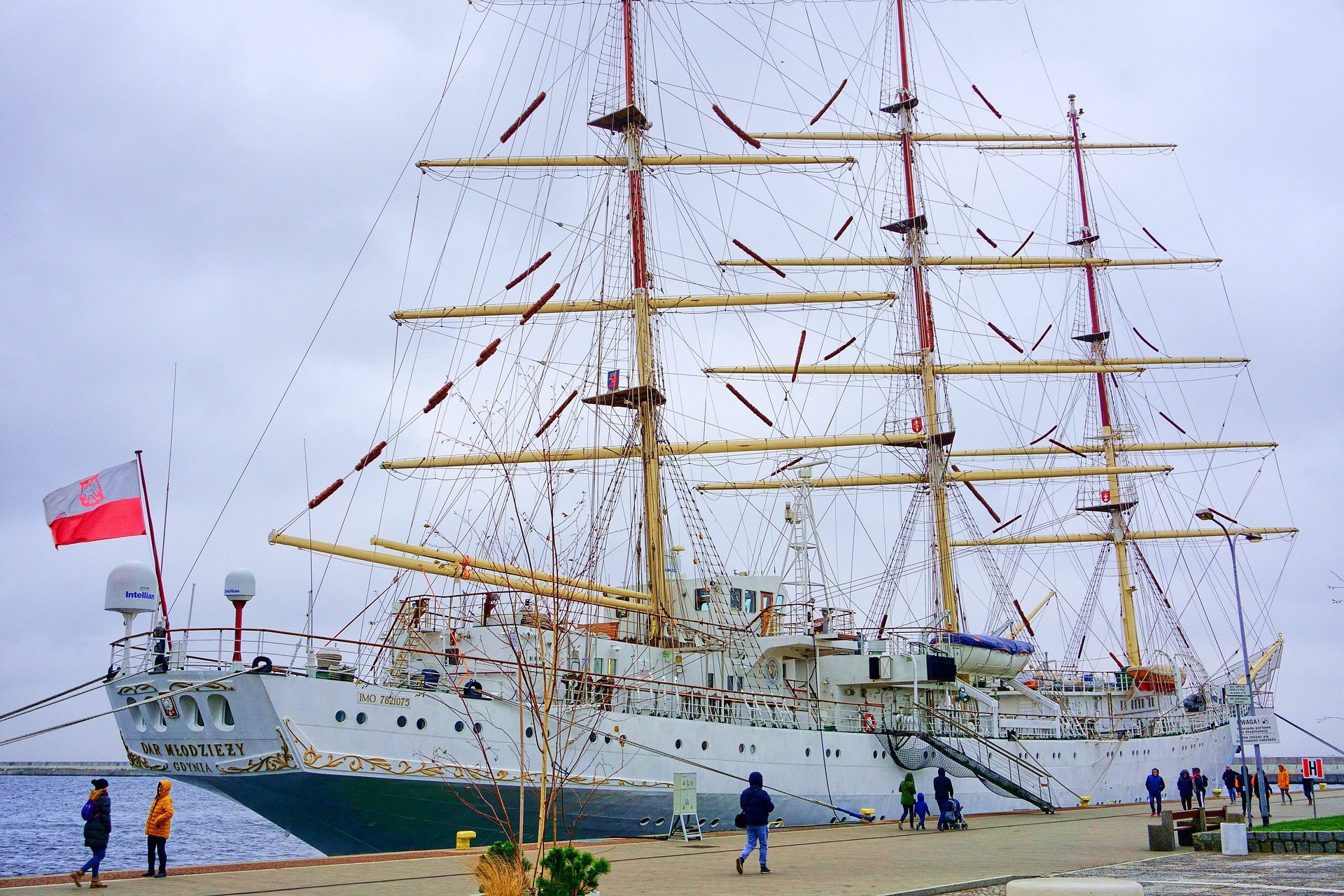
The city was founded as a Polish harbour in 1926. Because of its unusual location, you will easily catch great views of the sea and beautiful scenery, and also find long promenades, beautiful waterfronts, marinas and yacht clubs. Gdynia is the only city in Poland and one of the few in Europe to pride itself on such a long and accessible seashore.
The city has a good transportation system, so you won’t have any problems reaching Gdynia from either of the other cities.
Kosciuszki square (Skwer Kościuszki) is the sightseeing centre of Gdynia. The ships moored in the dockyards, like the ORP Błyskawica destroyer (“Lightning”) or Dar Pomorza (the Pomeranian Gift) for instance, are the biggest tourist attractions.
The beach in Gdynia hosts ‘the Summer Theatre Stage’. So, if you are a theatre lover you should definitely see one of the most interesting plays of the season.
Recreational activities
The Tri-City area also offers a range of recreational activities for visitors. The beaches of the Baltic Sea are a popular destination for swimming, sunbathing, and water sports like windsurfing and kitesurfing. The Pomeranian Voivodeship, which includes the Tri-City area, is also home to several national parks and nature reserves, which offer opportunities for hiking, birdwatching, and other outdoor activities.
Tourism in Tri-City
There’s plenty to do around Tri-City, there are lots of tourist attractions and a lively nightlife scene not to mention all the fun of the seaside. Either enjoy sunbathing or take part in any of the many water sport activities on offer. From theatre to Rock concerts to quality restaurants, its all available in the Tri-City area.
Check out the top 10 things to do in Tri-City.
You will find some well-known events in Gdansk, in particular International Pop festivals such as the Heineken Opener Festival.
In conclusion, Tri-City is a dynamic and diverse destination that offers something for everyone. From the historic charm of Gdańsk to the seaside beauty of Sopot and the modern energy of Gdynia, the Tri-City area is a destination that is sure to delight visitors. With its rich cultural heritage, beautiful beaches, and natural beauty, the Tri-City area is a destination that should not be missed.
For detailed tourist information about Poland, please visit our travel partner at, the Poland Travel Agency.
Tours of Tri-City

